Ahmed Jaafar Ibrahim, a father of 9 children, talks about the impact of mine clearance

Ahmed Jaafar Ibrahim | © HI
“My name is Ahmed Jaafar Ibrahim. I’m 60 years old. I have nine children. I am the “Mukhtar”* (head of the local community) in the village of Al-Bashir, near Kirkuk, where HI’s mine clearance team is working. Some 750 families (5,000 people) live in the village. Most of the villagers are farmers or shepherds; some are public sector workers. Many areas around Kirkuk are still contaminated. A lot of people and cattle have fallen victim to explosive remnants of war and explosive devices. Some people have been killed and others are permanently disabled. A farmer in Bashir was killed in 2019 by an improvised booby-trap device which exploded when he turned on a tap to water his crops. Thanks to HI’s mine clearance team, we’re starting to feel safer again, and it will prevent accidents in the future. The village is better informed on explosive munitions through risk education sessions and panels and posters. We feel safer now and we can farm our fields. They are going to clear the land and make it available again to grow crops.”





